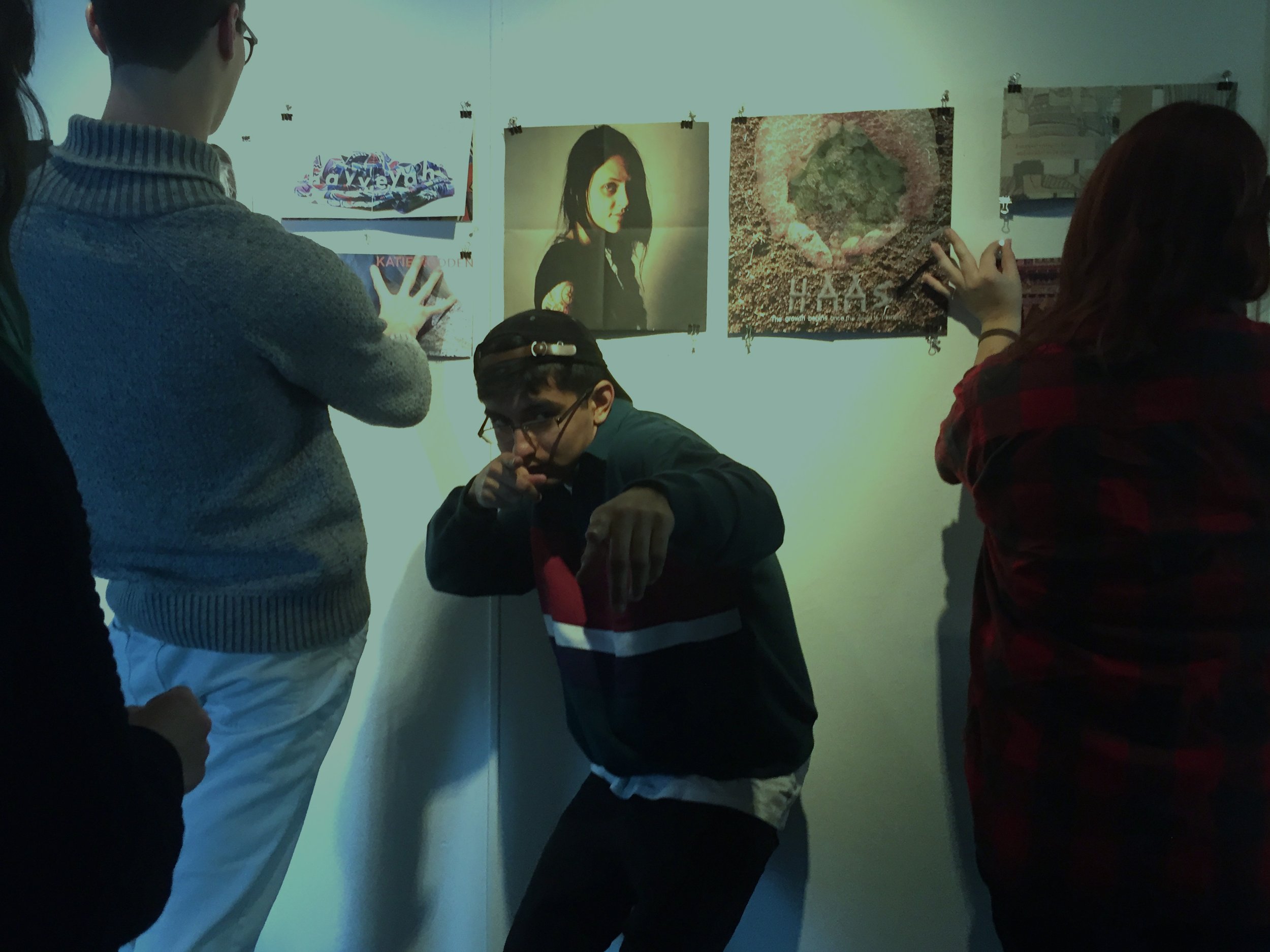
Sophomore Year
IMAGE
The principles of photography and the photographic image as a method for seeing and a tool for communication. It is a project-based class, aimed toward challenging and expanding both technical and cognitive skills in photographic messaging. We will explore connections between photographic form and its content, as an integral part of graphic design. Narrative, documentation and the temporal qualities of the medium will be explored both in creating imagery and in analyzing the role of photographic imagery in culture.
Course objectives
As a result of this course, students will be able to:
Creatively demonstrate an understanding of photographic messaging and story-telling;
Create imagery that creatively satisfy predetermined communication goals;
Demonstrate a high level of manual and technological craft;
Control composition, cropping, color and lighting to affect meaning;
Present and critique work in a thoughtful, productive, and respectful manner;
Apply photographic image-making knowledge and skills to other studio courses;
Composite photographic imagery to create, control and communicate meaning;
Photographically document studio work for presentation and portfolio;
Create a series of conceptually and formally related images;
Display a working competency of the technical skills with which to accomplish all of the above.
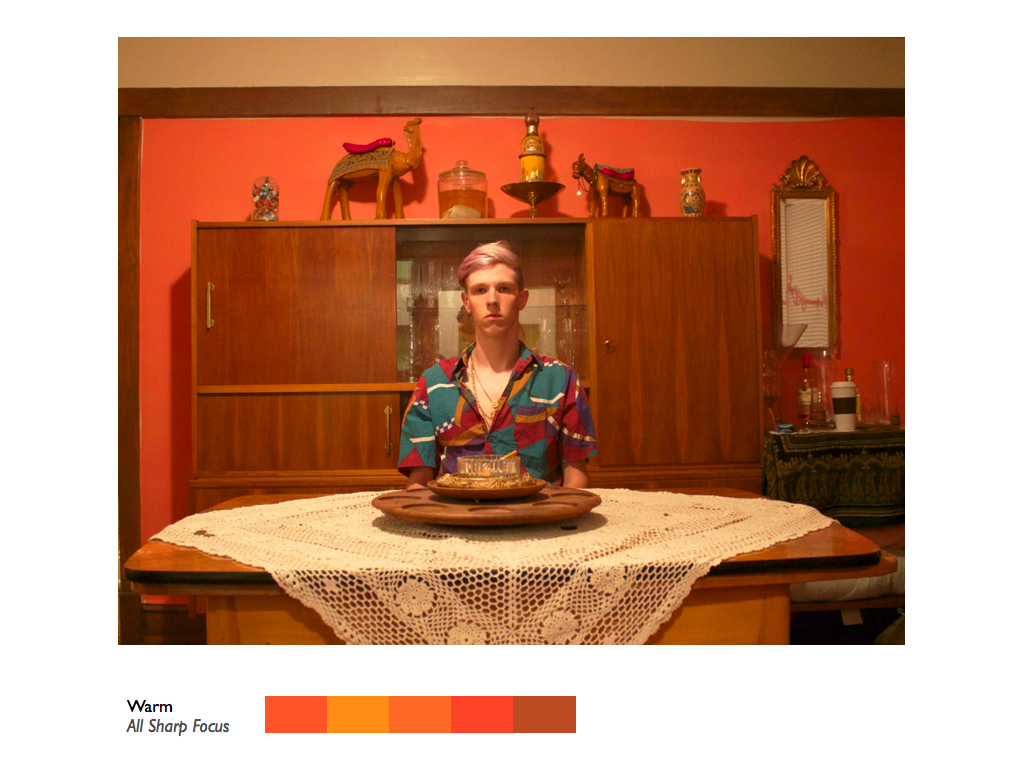
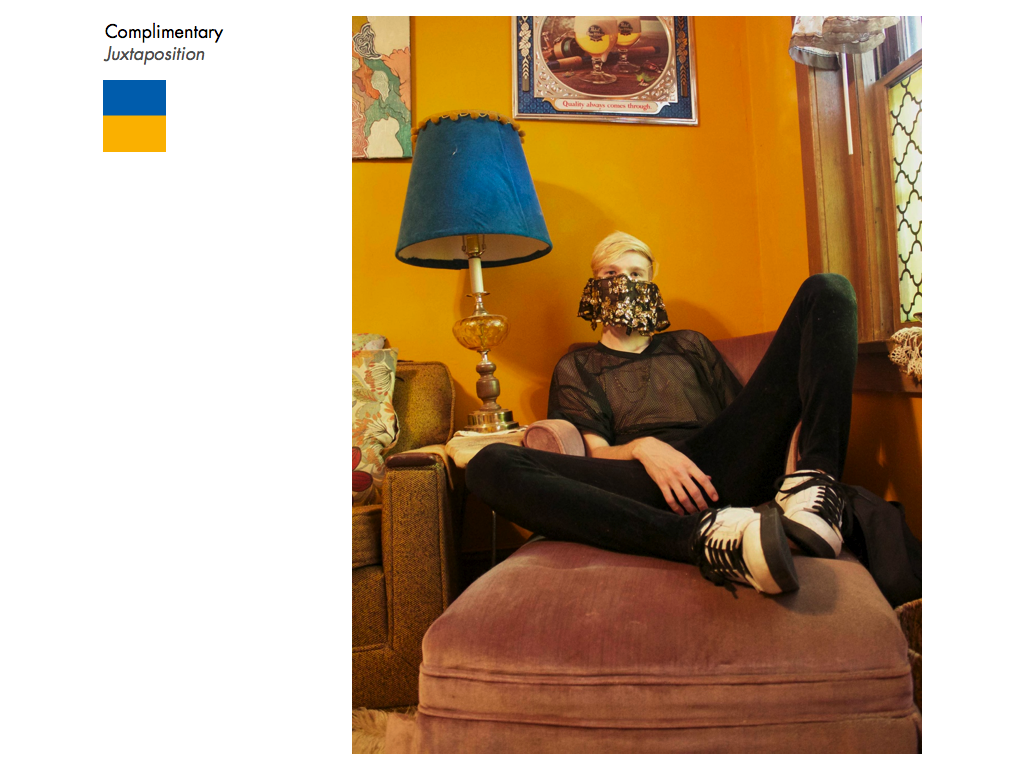
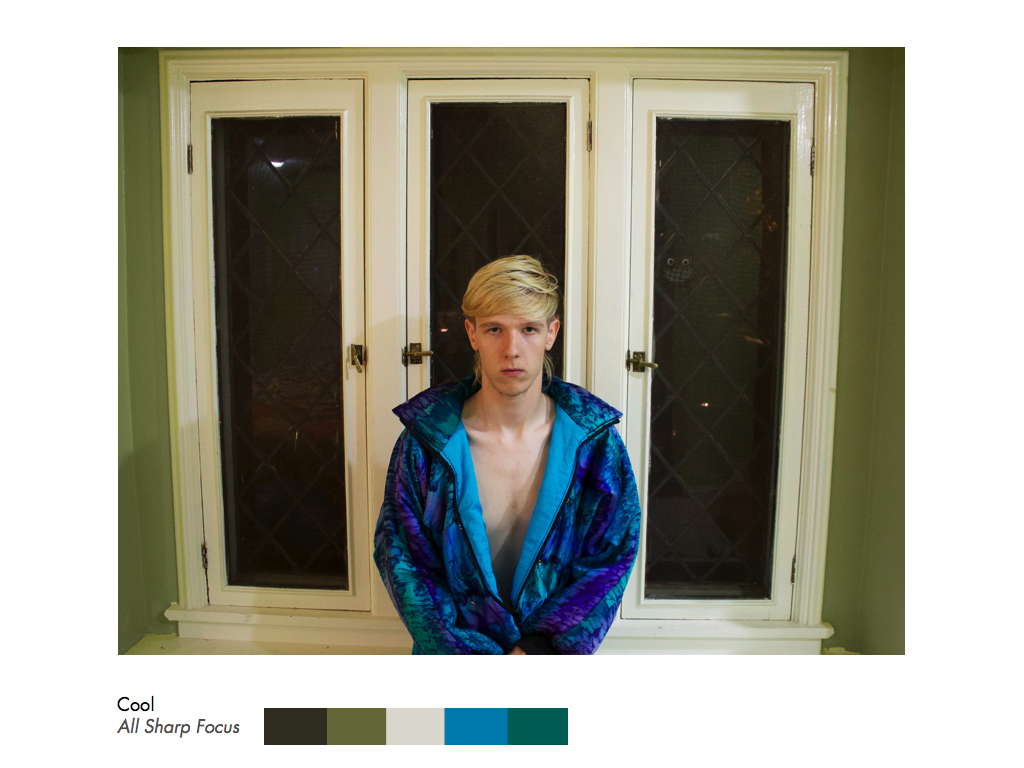
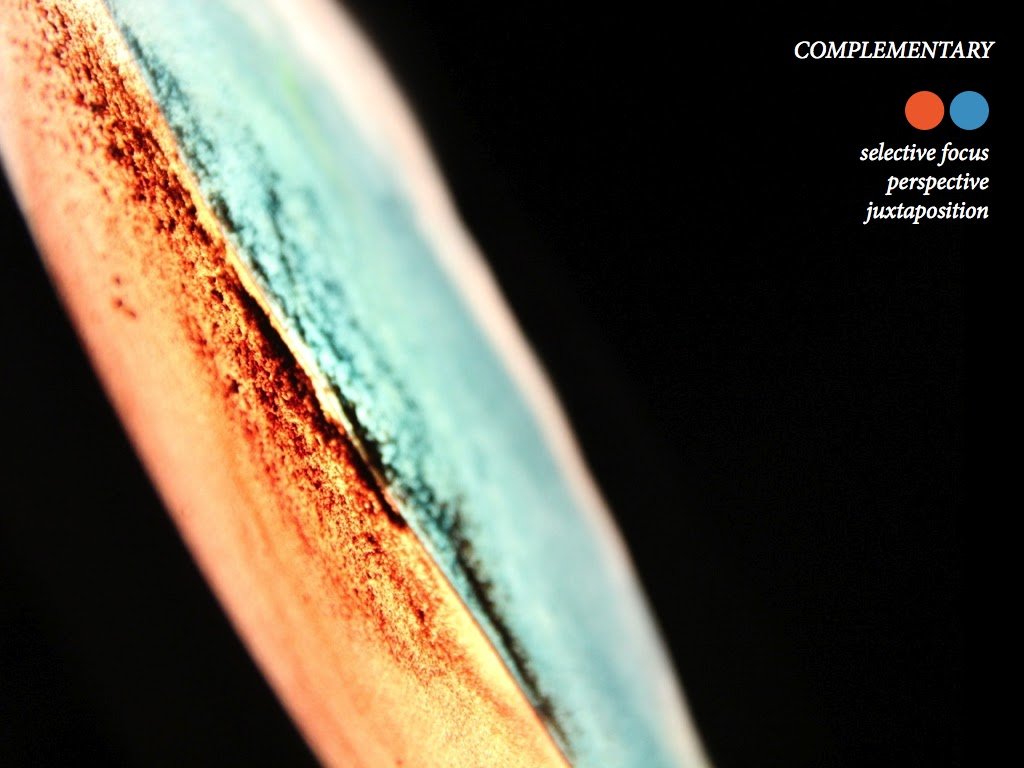
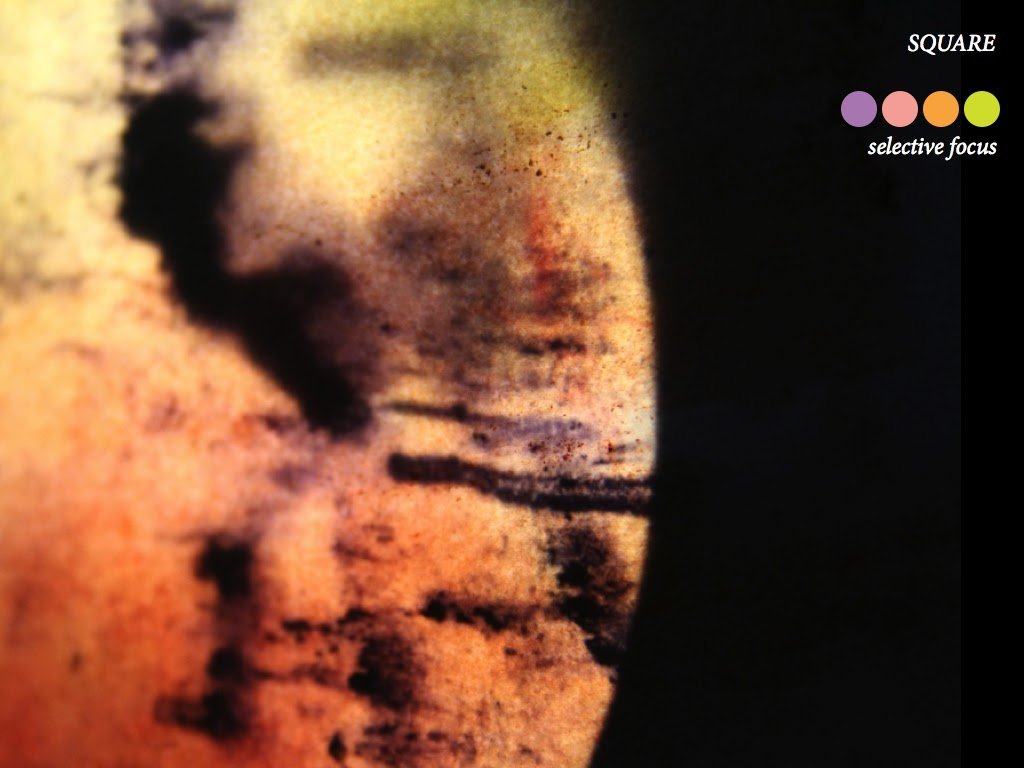

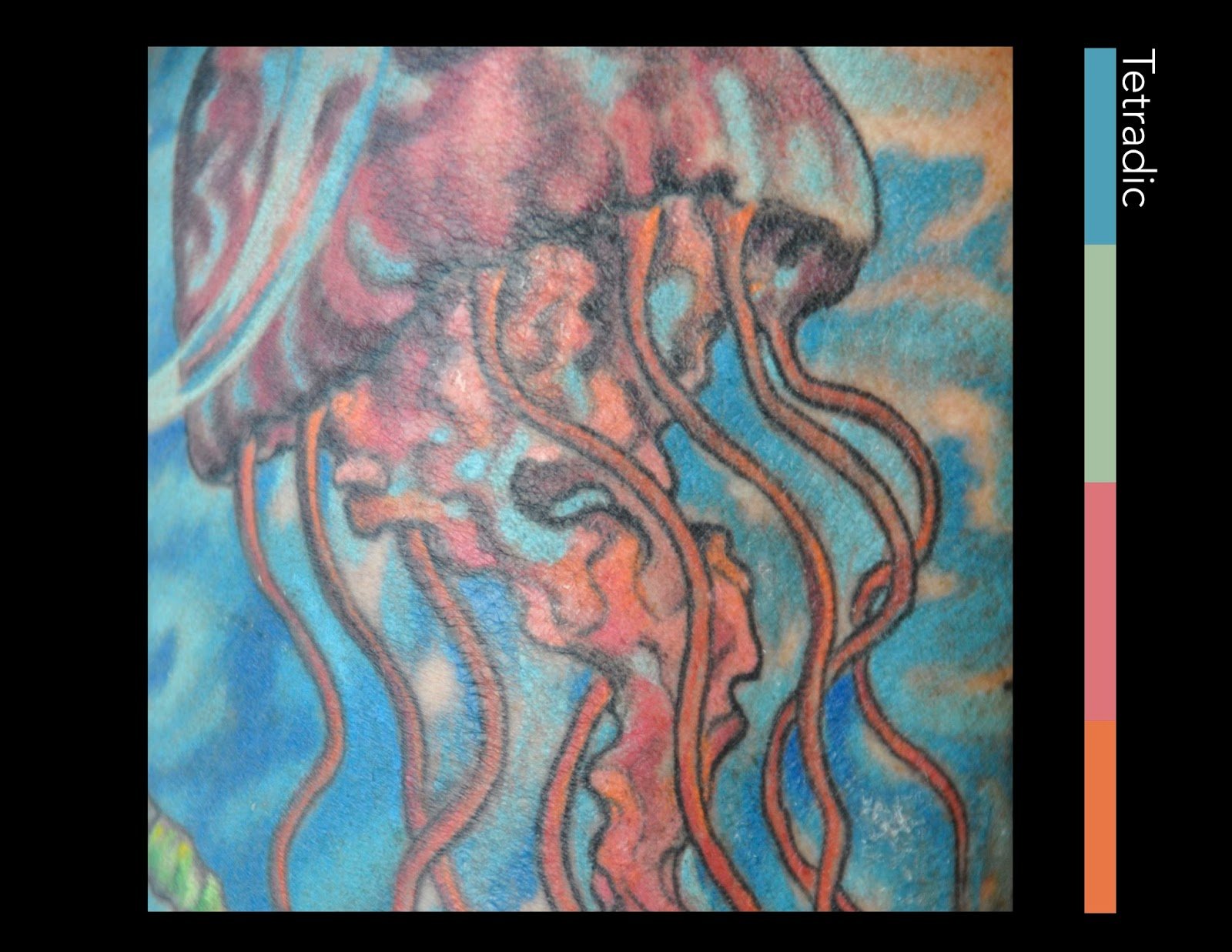
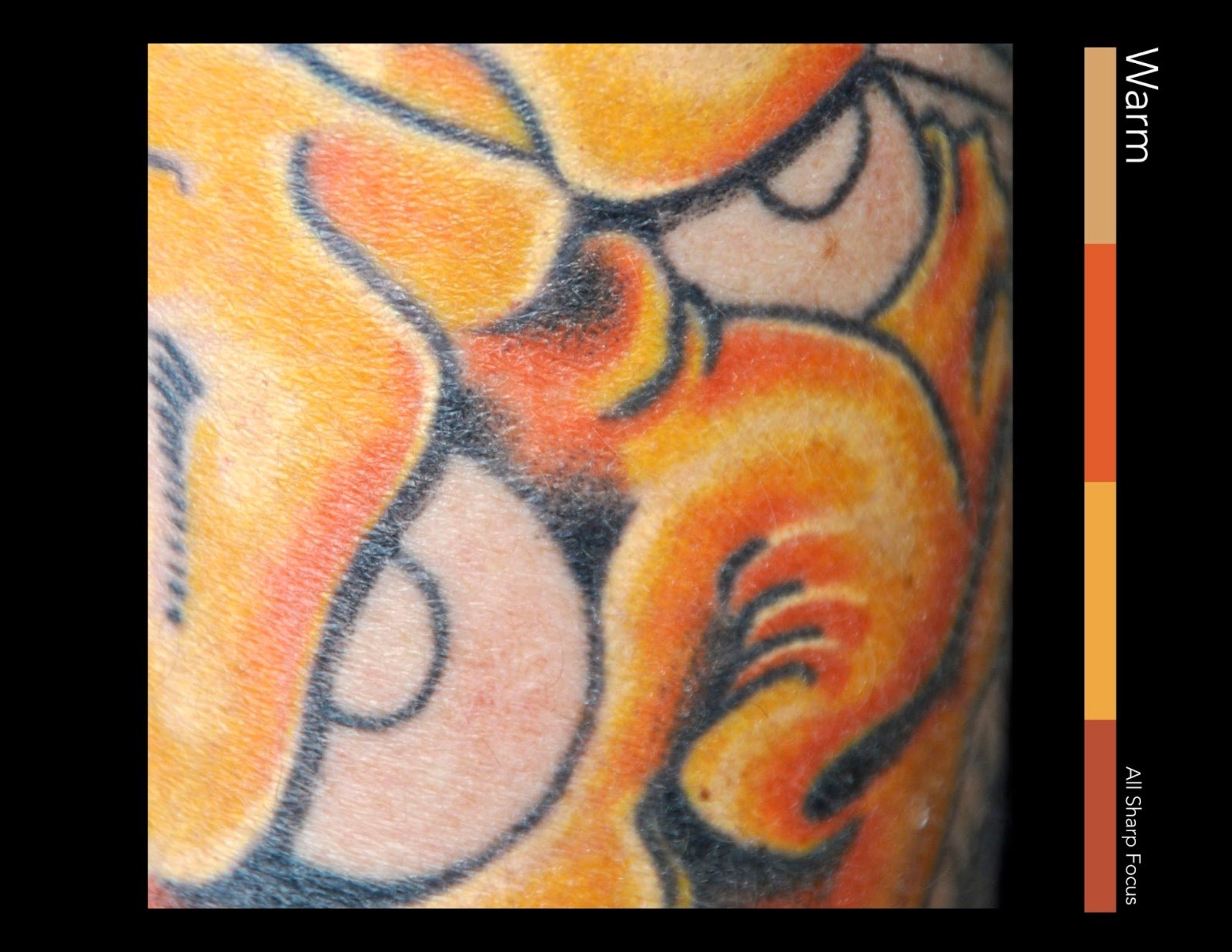
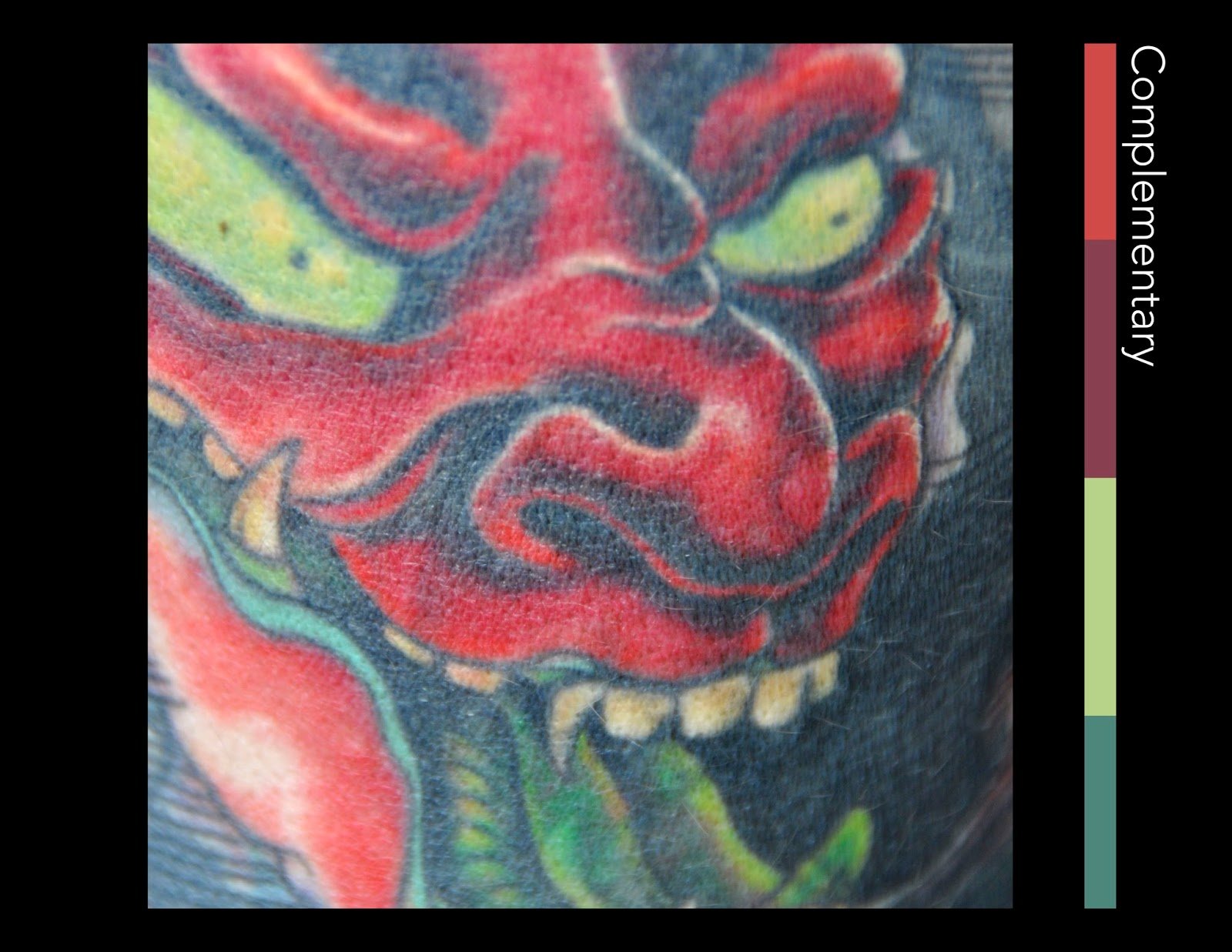
Project One: color harmonies & camera sketching
Choose a theme and illustrate color harmonies and relationship manipulators. Part one will explore the concepts individually, and part two will combine color harmonies with relationship manipulators.
Objectives
Discover and capture images of specific color harmonies
Experiment with different aspects of image making and how they can be used to manipulate and change the image and the message it delivers
Combine different color harmonies and different image relationship manipulation to discover the affects on the image
Deliverables
Keynote presentation of 8 color harmonies & 5 relationship manipulators
Integrate the relationship manipulators with the color harmonies for a total of
8 slides
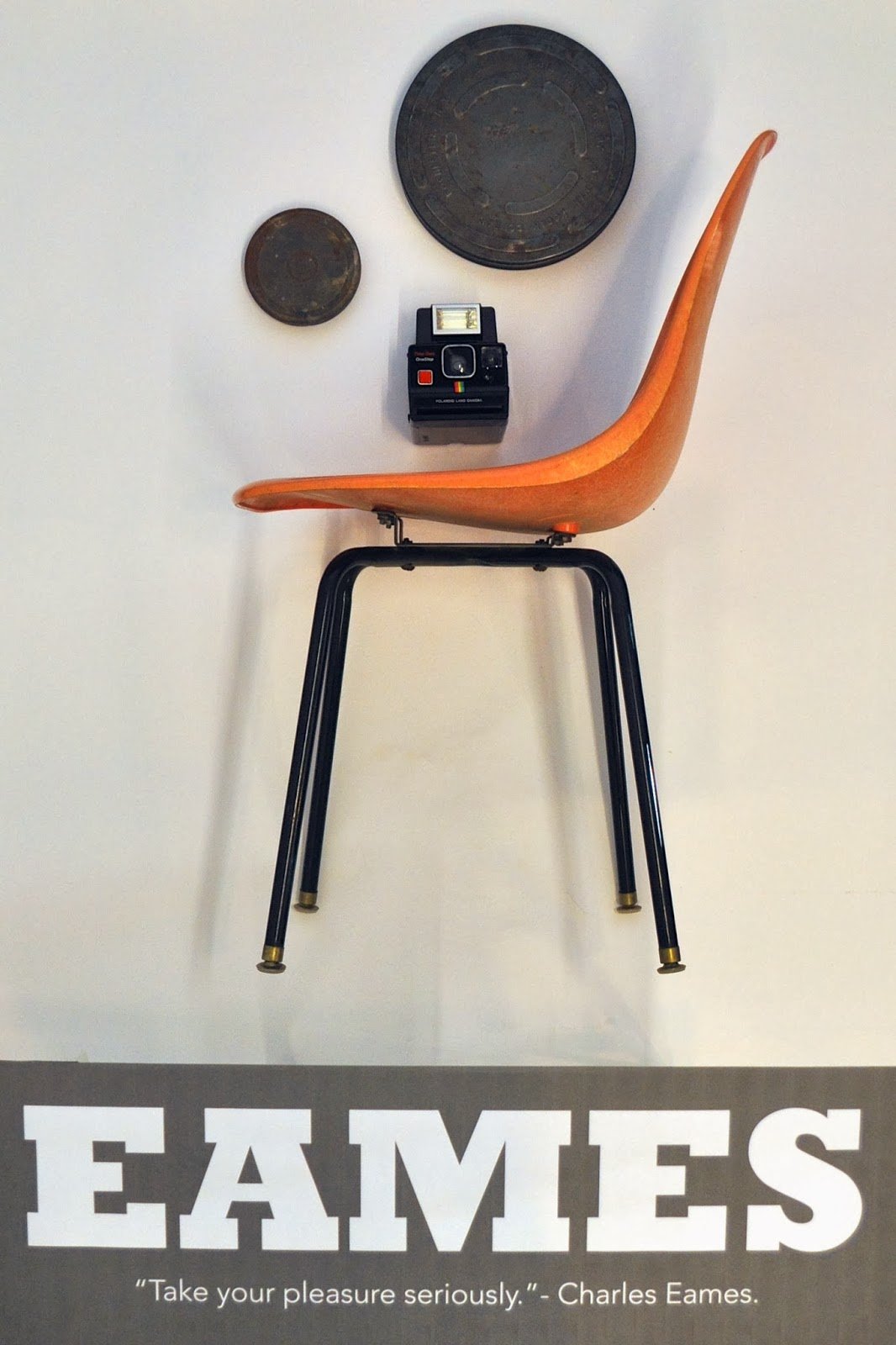
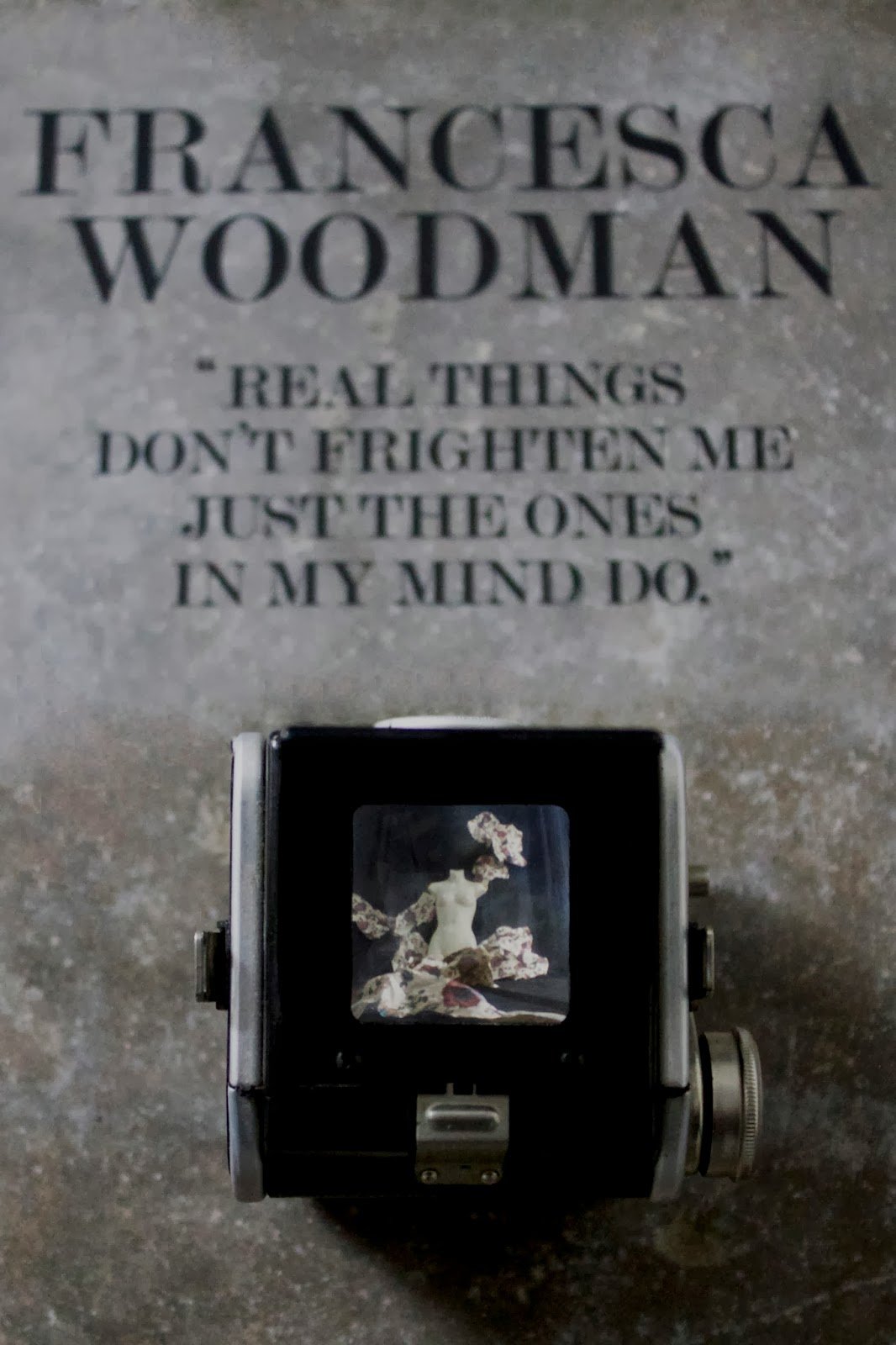
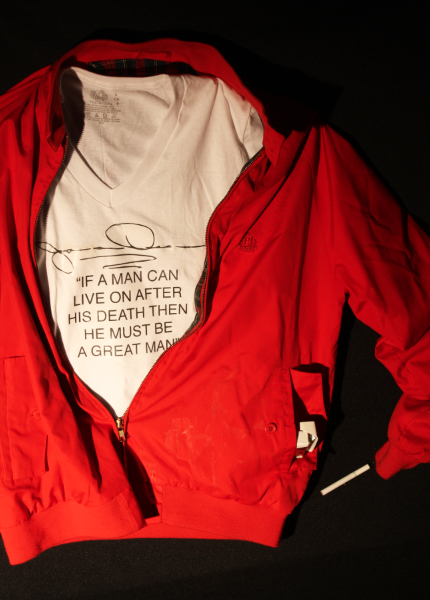
Project Two: constructed image (poster)
Develop a construction, to be photographed as a single image in the studio, that describes a non-fictional person who died before 1984—not a graphic designer. The image will be used as a promotional exhibition banner on the facade of a “hall of fame” museum. Use visual elements that define that person, his or her life’s work, what they are famous for, etc. You will also explore a new method of image-making, photographic story-telling, lighting and production. No photoshop.
A successful solution will consider, embrace and exhibit creative image-making appropriate to the objectives.
Objectives
Choose and edit visual elements to communicate information and tell a story
Manipulate composition, cropping, color, and lighting to affect an image’s meaning and perception
Make creative use of the frame
Demonstrate impeccable physical and technological craft
Meet the project specifications
Imagery
Use symbolic elements only
Use a minimum of 3 elements in your composition in addition to the required text
Consider the whole canvas
No photoshop
Deliverable
Plotter poster 24” x 36”
Check with output center for turnaround times, usually 24–48 hours.
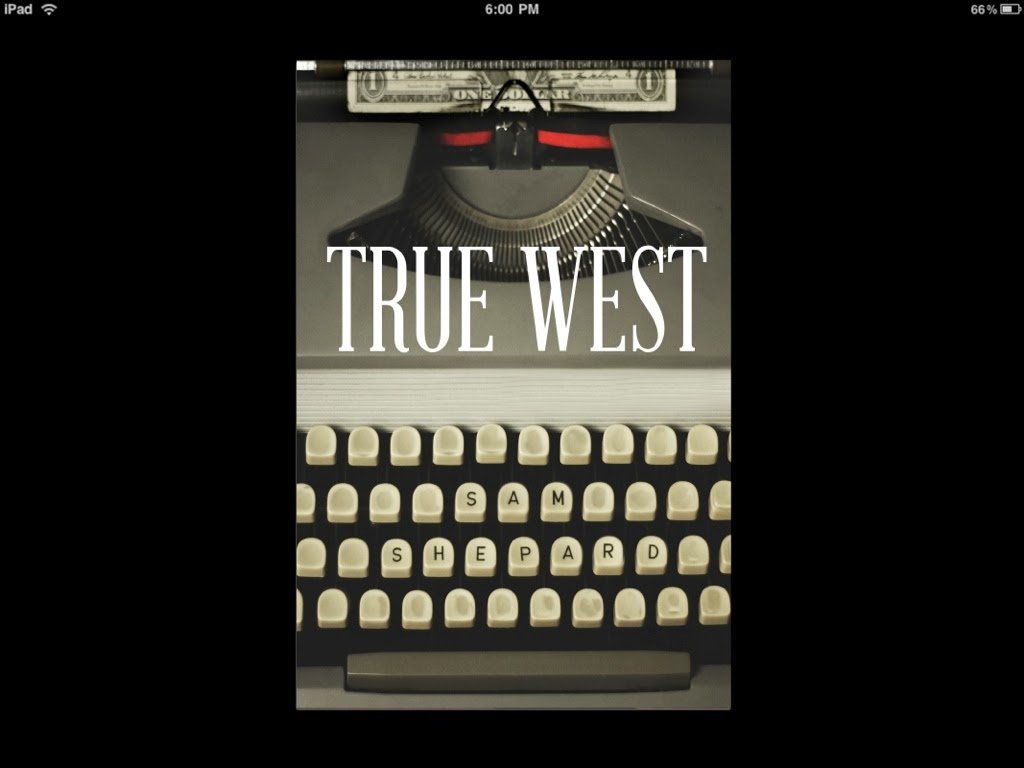

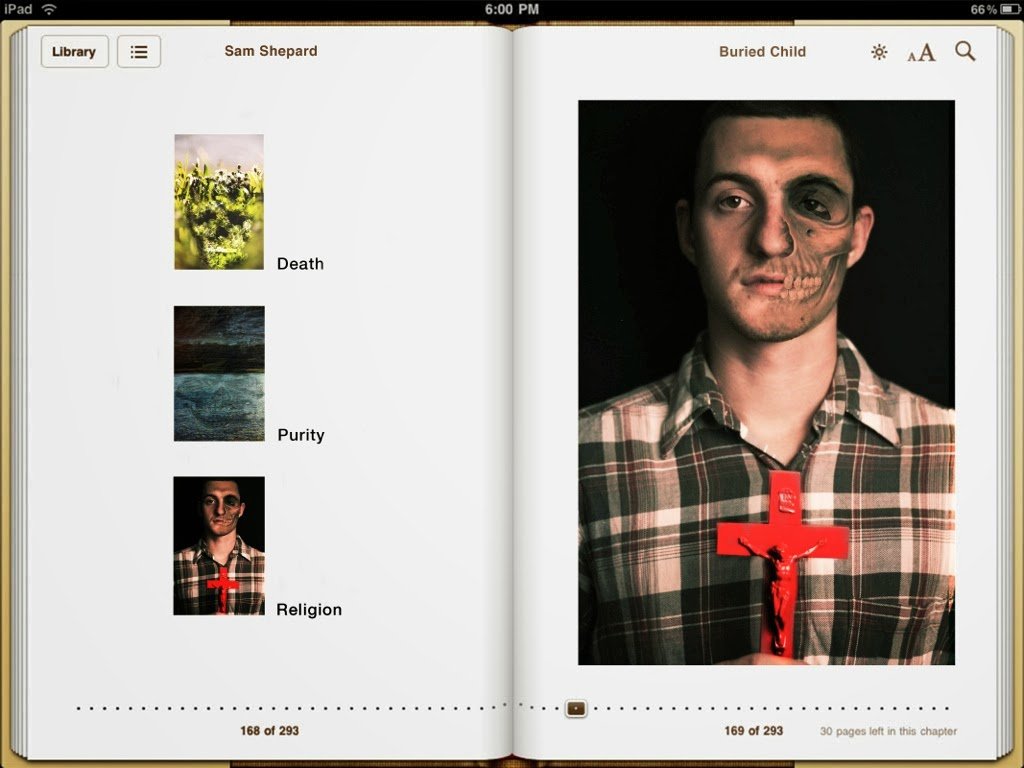
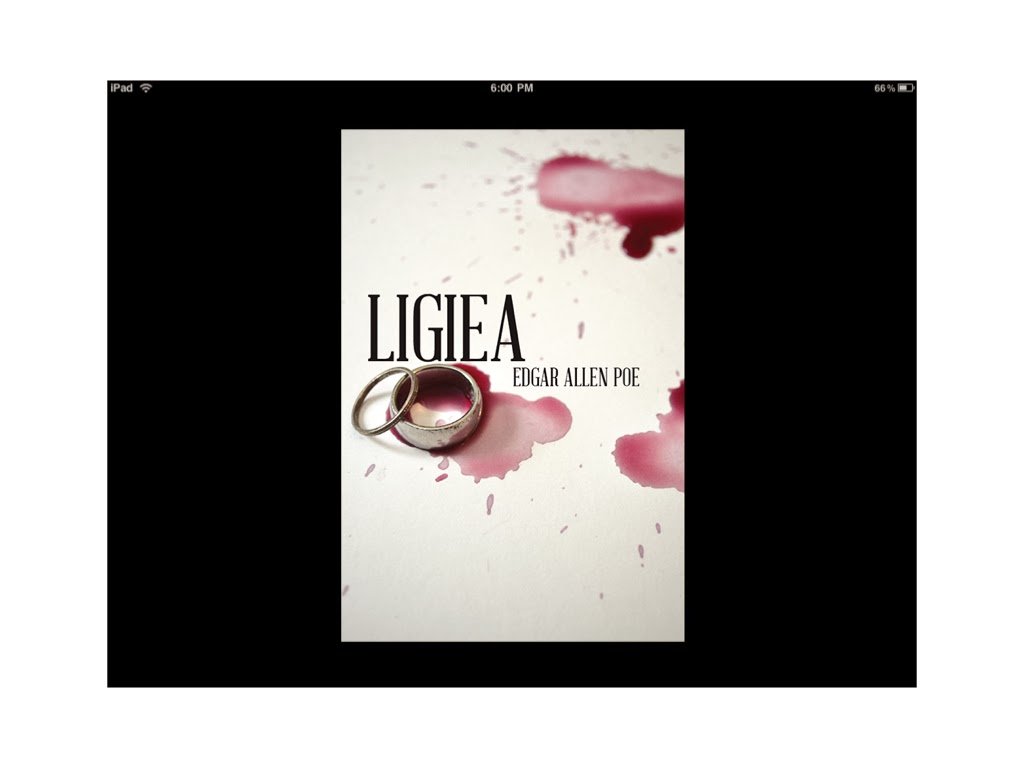
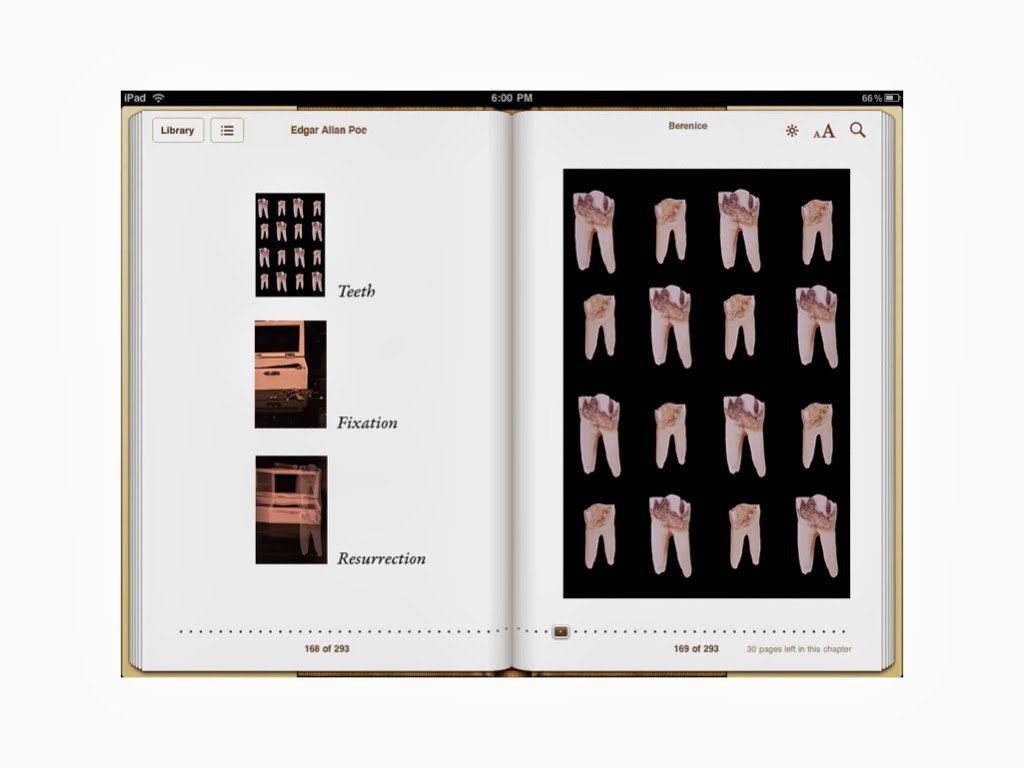
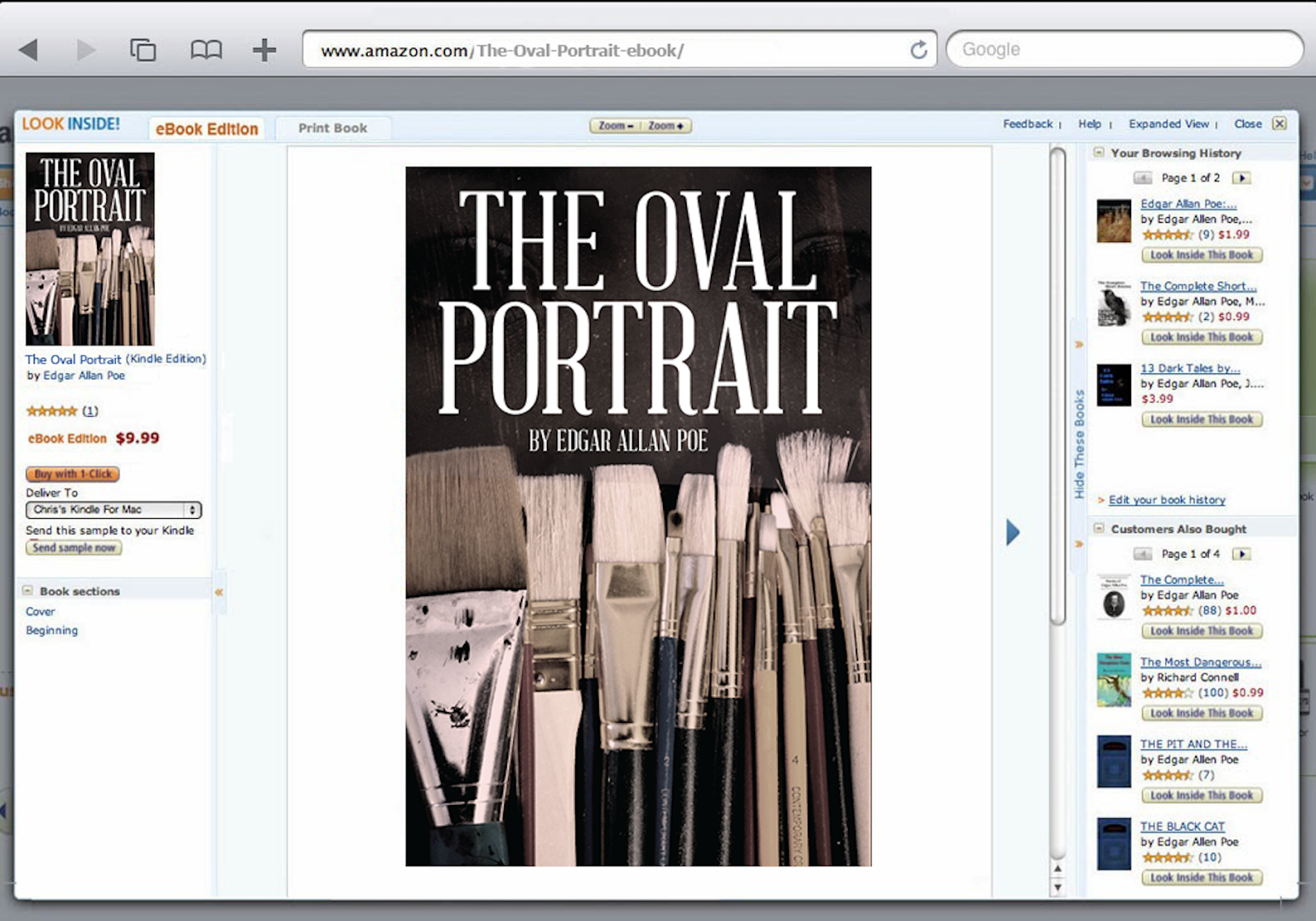

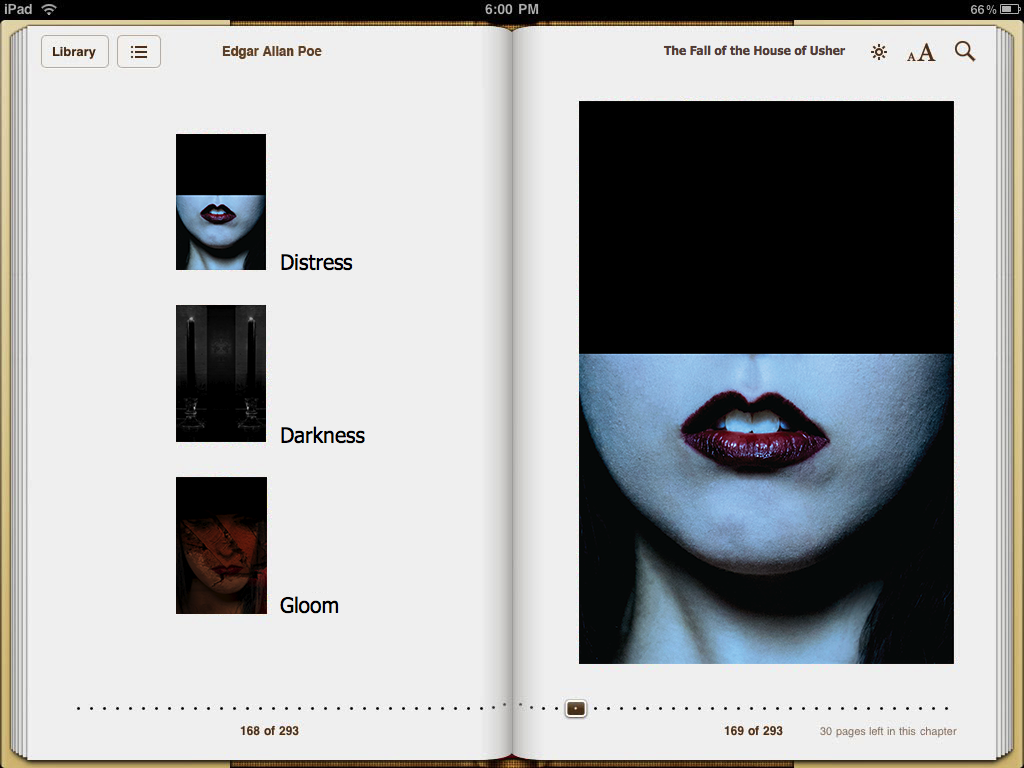

project three: digital book covers
Concepting and illustrating story themes. Communicate/illustrate through symbolism and metaphor, the key themes of three short stories.
Objectives
Recognize and identify key written messages and themes
Brainstorm and generate lots of ideas and concepts
Edit a variety of ideas down to the most compelling
Create designs that communicate ideas in an impactful, emotional and memorable way
Process
Select three short stories by one of the recommended authors
Read all three stories, taking notes about the themes you notice.
Determine at least 3 key themes of each story
Deliverables
Phase one - 27 - 6” x 9” high concept photographic sketches
3 short stories read and analyzed
Identify 3 key themes per short story
Identify and illustrate 3 concepts per theme
Phase two - Refine concepts (9 total), 1 key concept per theme
Phase three - Design one cover for each story. creating visual consistency
Phase four - iPad and Amazon marketplace mock ups
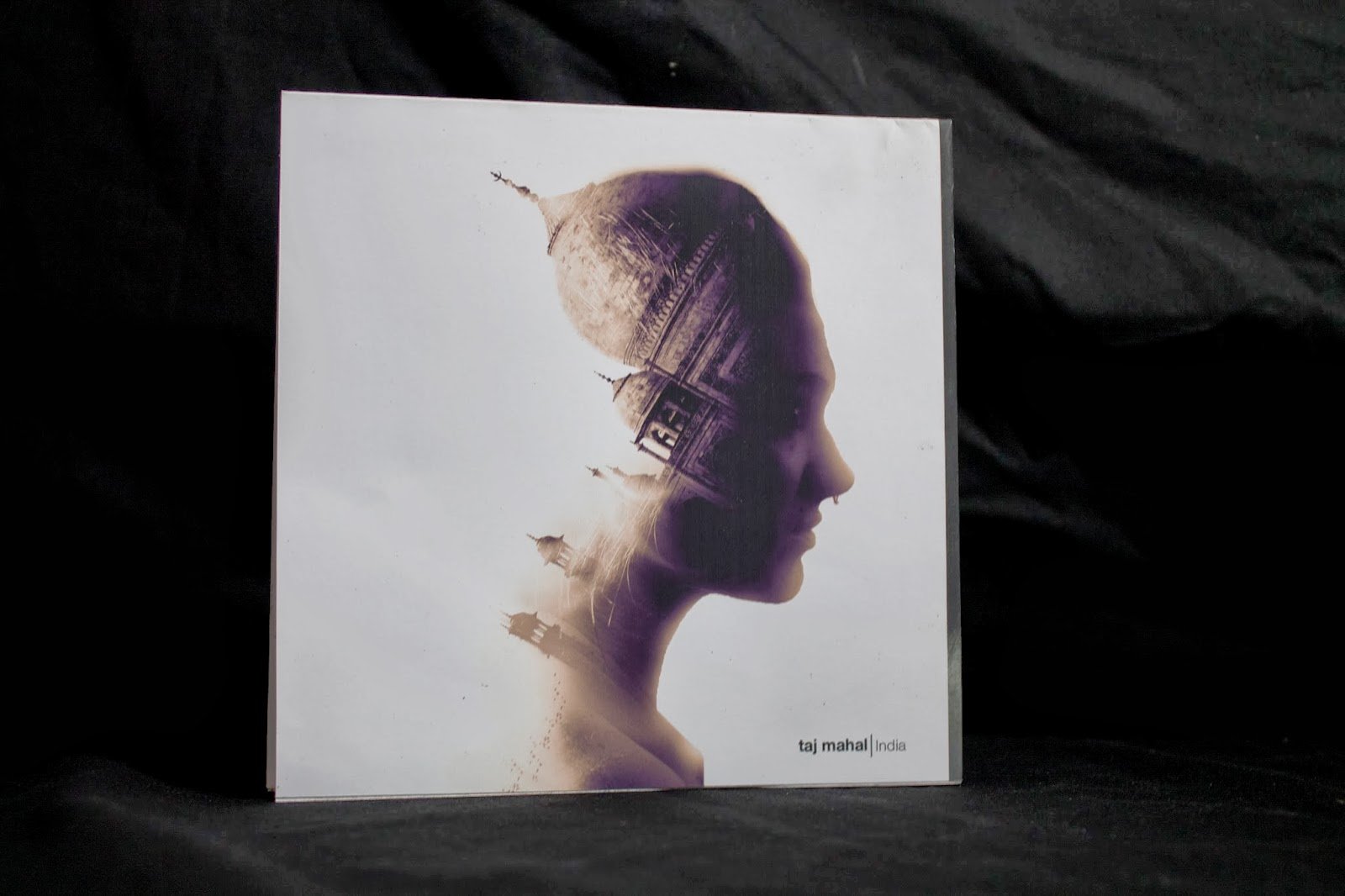
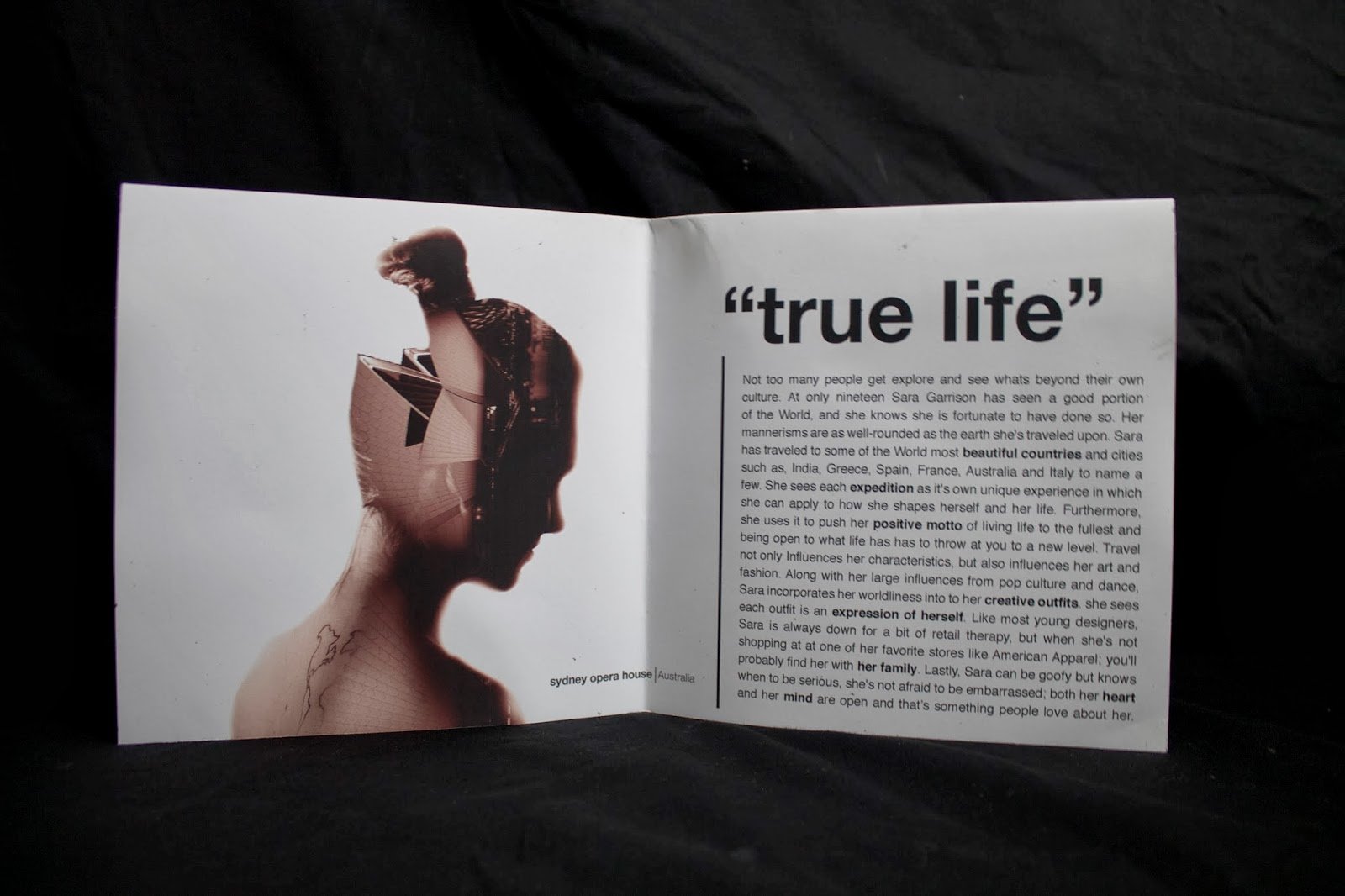
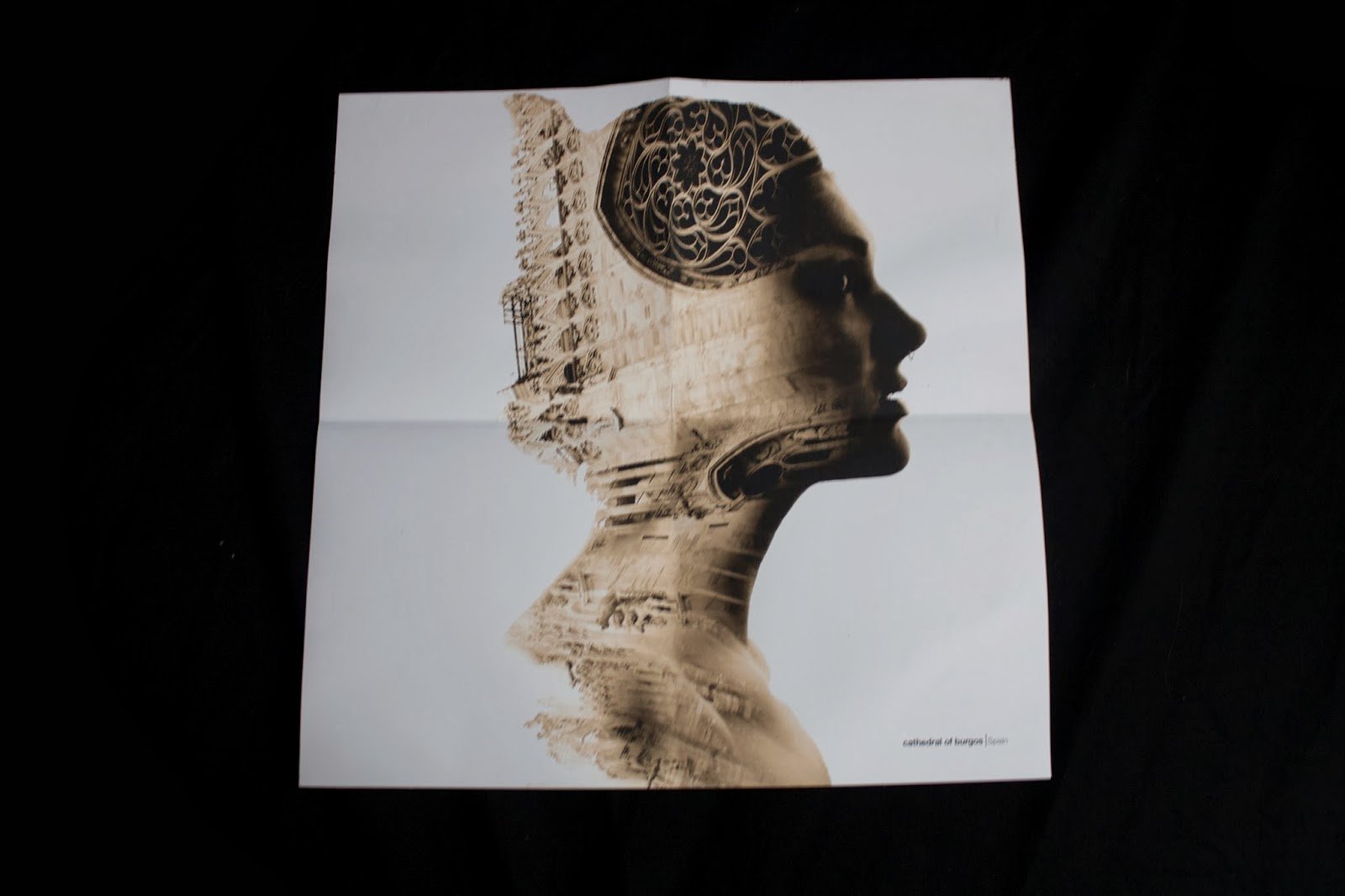



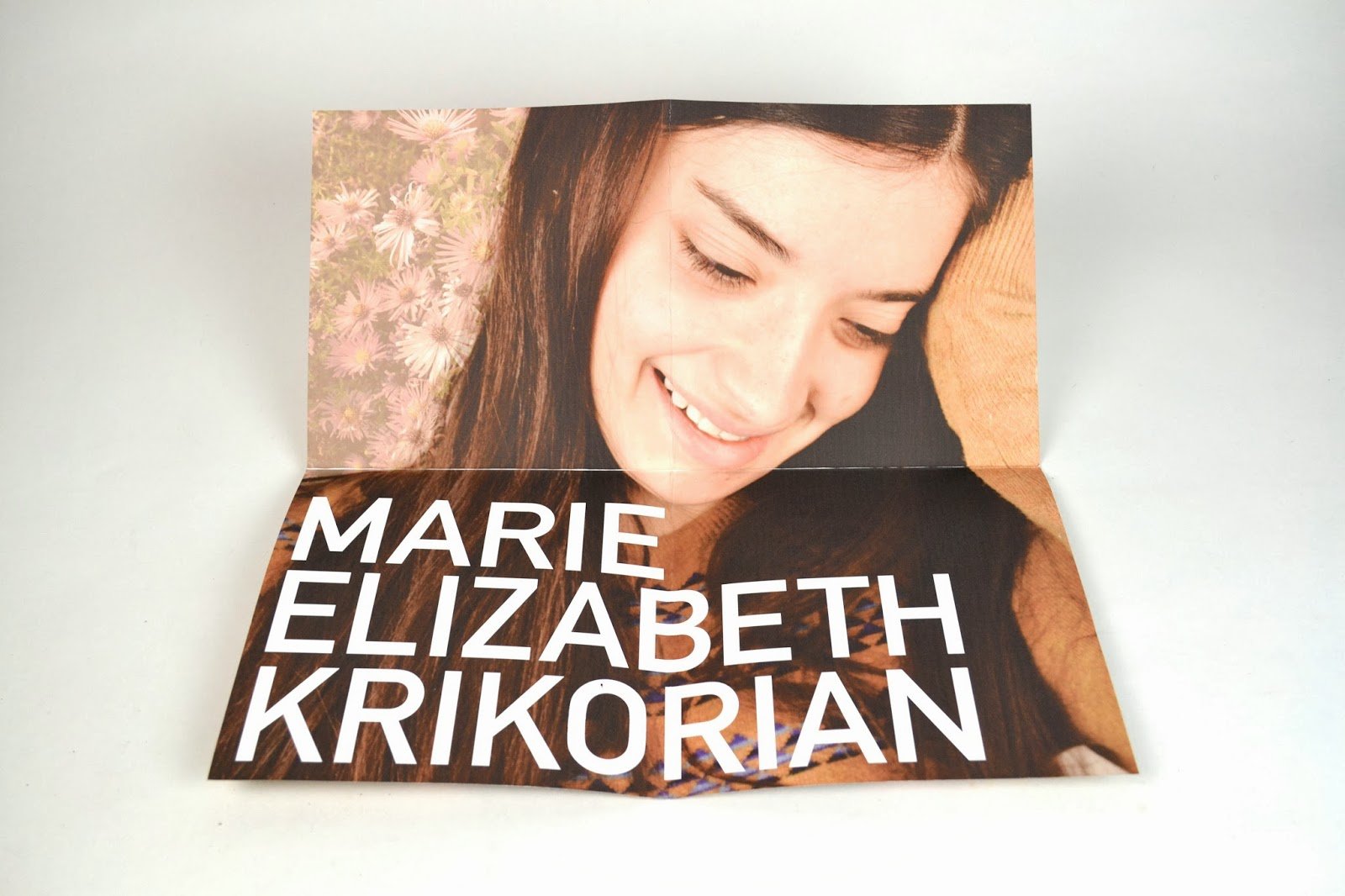
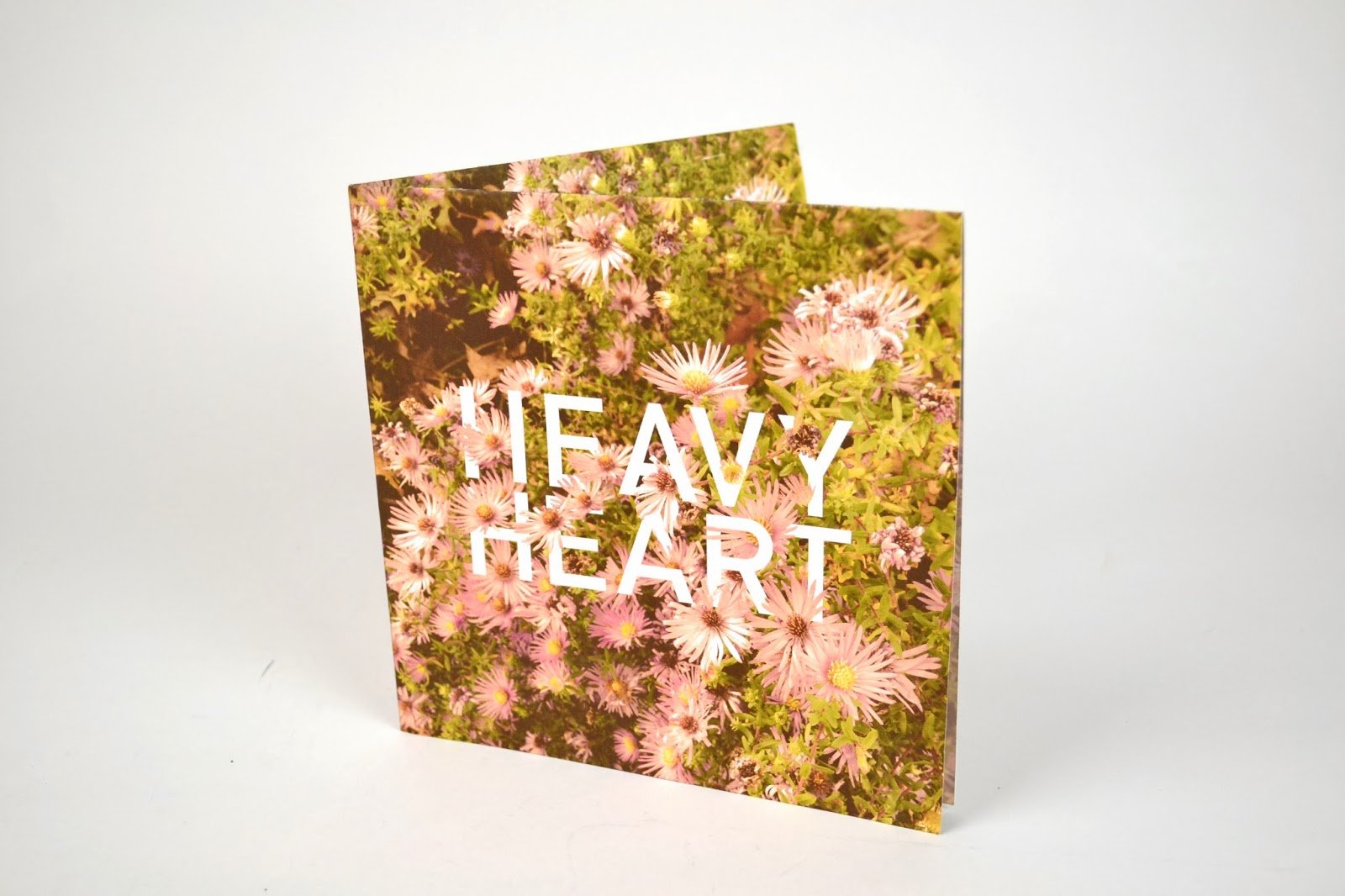
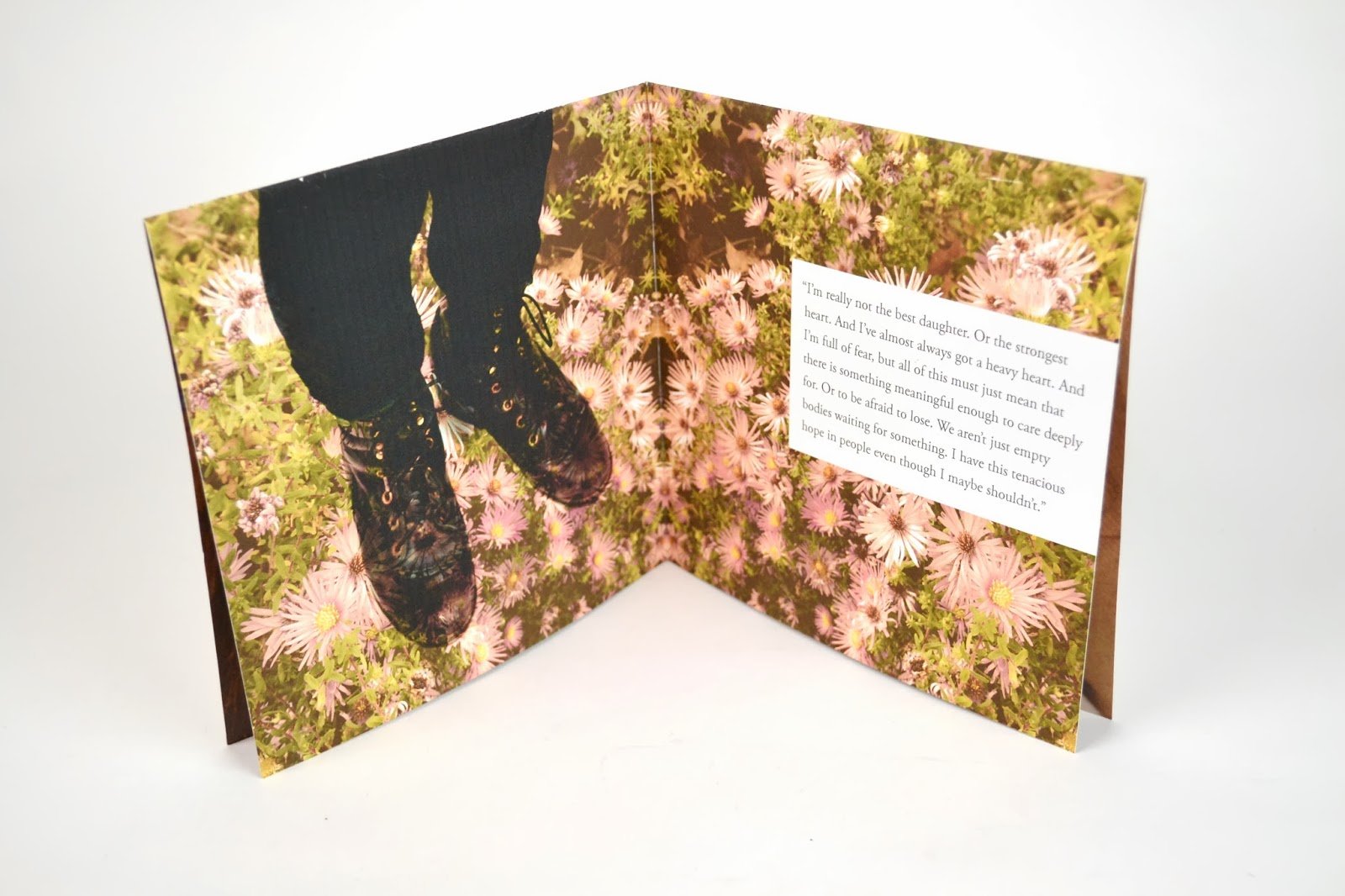
project four: visual interview
In this project you will interview a classmate, write a narrative that describes them—their personality, history of experiences, virtues, hopes and dreams, etc—and using photography and limited text, create a printed piece that tells your story as a visual/tactile experience.
Objectives
Develop research and interviewing skills and understanding
Document a story through writing
Design a story using compelling images, impactful color, and strong composition
Develop a progression in the story that unfolds with the piece
Deliverable
A 2-sided French fold piece. The unfolded dimensions are 14”x14” (four 7”x7” quadrants)